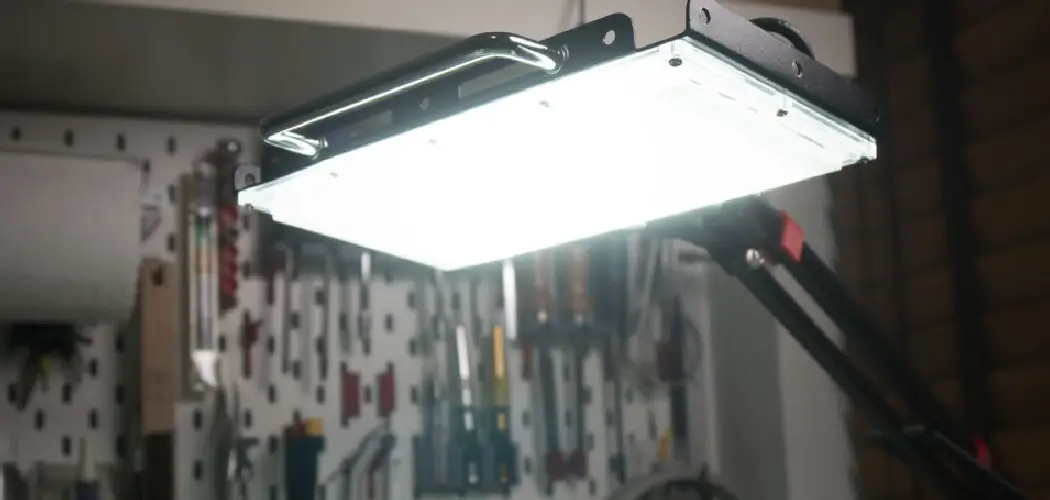Making overhead lighting less harsh is essential for creating a comfortable and inviting atmosphere in any space. Harsh overhead lighting can cause glare, shadows, and discomfort, detracting from the overall ambiance and functionality of a room. Fortunately, there are numerous methods and techniques available to soften and diffuse overhead lighting, resulting in a more pleasant and visually appealing environment.

In this comprehensive guide, we’ll explore ten effective strategies for how to make overhead lighting less harsh. From adjusting the placement and direction of light fixtures to incorporating diffusers, dimmers, and alternative light sources, we’ll delve into practical solutions for achieving softer, more diffused illumination.
Whether you’re looking to enhance the ambiance of your home, office, or commercial space, mastering the art of making overhead lighting less harsh is key to creating a welcoming and comfortable environment for all.
Negative Effects of Harsh Lighting
Harsh overhead lighting, while commonly used, can have a myriad of negative effects on both physical and psychological well-being. Physically, exposure to bright, unfiltered lights can lead to eye strain and discomfort, contributing to headaches and fatigue, particularly in environments where individuals spend extended periods under artificial lighting.
Psychologically, harsh lighting can create an unwelcoming and sterile atmosphere, impacting mood and stress levels. Environments such as offices or classrooms, which use intense overhead lighting, often find occupants feeling more anxious and less productive.
Furthermore, the starkness of harsh lighting can diminish the perceived aesthetic of a space, making it feel less inviting and impacting the overall ambiance negatively. Recognizing and mitigating the adverse effects of harsh overhead lighting is thus crucial in designing spaces that are not only functional but also promote health and well-being.
Importance of Making Overhead Lighting Less Harsh
Mitigating the harshness of overhead lighting is not merely a matter of aesthetic preference; it’s essential for promoting a healthier, more productive, and more welcoming environment. Softening overhead lighting can significantly reduce eye strain and prevent the headaches and fatigue associated with prolonged exposure to bright, unfiltered lights, especially in workspaces or areas where individuals spend considerable time.

Psychologically, environments with softer lighting are perceived as more inviting and comfortable, contributing to reduced stress levels and fostering a sense of well-being among occupants. Additionally, by enhancing the overall ambiance, softened lighting can improve the aesthetic appeal of a space, making it more attractive and pleasant to spend time in.
In commercial settings, such improvements can translate to better customer experiences and potentially increased business. Ultimately, the effort to make overhead lighting less harsh is a key aspect of sustainable and human-centric design, prioritizing the health, comfort, and satisfaction of individuals in various settings.
Characteristics of Harsh Lighting
Identifying the characteristics of harsh lighting is imperative in understanding how it impacts surroundings and well-being. Harsh lighting is primarily defined by its intensity and lack of diffusion, which results in bright, concentrated light beams that directly hit surfaces and eyes without softening. This can produce sharp shadows, create glare, and lead to an uneven distribution of light, which contributes to visual discomfort.
Another characteristic is the color temperature; lights with a high color temperature can appear bluish-white and are often perceived as colder and more glaring, which can be particularly distressing in living or workspaces designed for comfort.
Additionally, the directional nature of harsh lighting means it fails to illuminate spaces uniformly, leading to areas of excessive brightness contrasted with dark shadows. Understanding these characteristics is a crucial step in addressing and mitigating the negative impacts of harsh overhead lighting.
Common Causes of Harsh Overhead Lighting
One of the primary causes of harsh overhead lighting is the use of inappropriate fixtures that do not adequately diffuse light, focusing intense light beams on specific areas rather than softly illuminating the entire space. Often, these fixtures are equipped with bulbs that have a high lumen output, which, while efficient in providing bright light, can contribute to the harshness if not properly diffused.
Another common cause is the selection of bulbs with a high color temperature, which emit a bluish-white light, creating an environment that feels colder and more sterile. The lack of complementary light sources, such as task or accent lighting, can exacerbate the impact of harsh overhead lighting, as there is no balance between different types of lighting to create a well-lit, comfortable space.
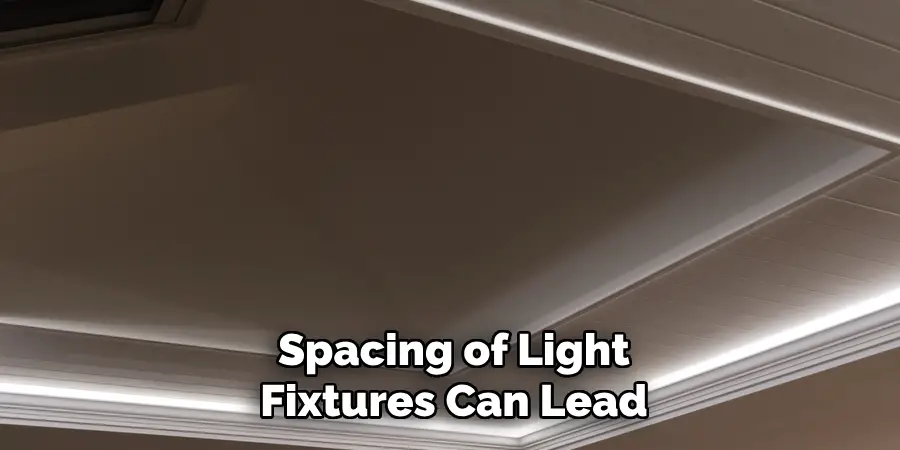
Furthermore, improper placement and spacing of light fixtures can lead to uneven light distribution, with some areas being overly bright and others too dim. Understanding these common causes is crucial in addressing and correcting harsh overhead lighting conditions.
Impact on Comfort and Well-being
The impact of harsh overhead lighting on comfort and well-being cannot be overstated. Physically, intense and unmodulated light can strain the eyes, leading to discomfort and potentially exacerbating conditions such as migraines and eye fatigue. This is particularly true in environments where individuals are required to focus on tasks for extended periods, such as offices or reading areas. In addition, harsh lighting can disturb the body’s natural circadian rhythms, affecting sleep patterns and overall mood.
On a psychological level, environments lit with harsh, unfiltered light can feel unwelcoming and oppressive, significantly affecting mental health by increasing stress and anxiety levels. Spaces meant to relax and rejuvenate, like homes and wellness centers, can lose their comforting appeal, making occupants feel uneasy.
Understanding the profound effects of lighting on physical comfort and psychological well-being underscores the necessity of implementing strategies to soften harsh lighting, thereby creating environments that promote health, efficiency, and a sense of tranquility.
10 Methods How to Make Overhead Lighting Less Harsh
Use Diffusers:
Installing diffusers on overhead light fixtures is one of the most effective ways to soften harsh lighting. Diffusers are translucent panels or covers placed over the light source to scatter and diffuse the light, reducing glare and creating a more even illumination.
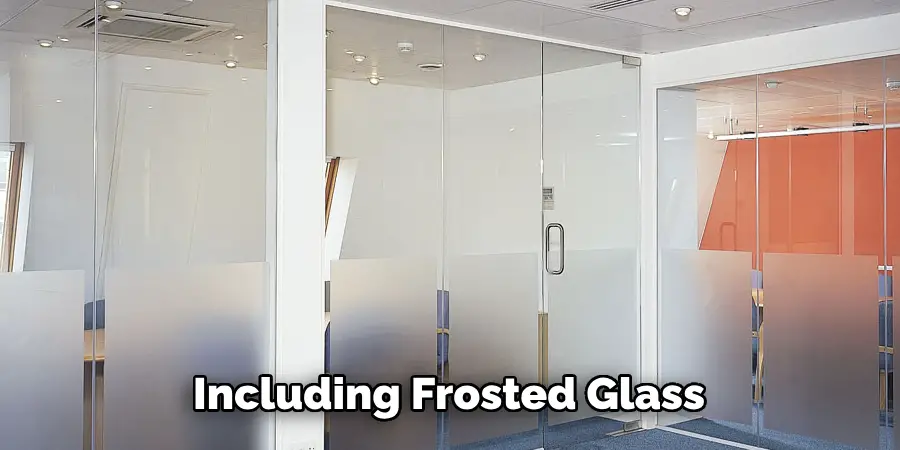
Diffusers come in various materials, including frosted glass, acrylic, or fabric, and can be retrofitted onto existing light fixtures or incorporated into new installations. Choose diffusers that match the style and design of your space while effectively diffusing light to minimize harshness. Additionally, diffusers can also help to reduce energy consumption by allowing more light to be distributed throughout the room.
There are several types of diffusers available in the market, each with its own unique properties and intended uses. Some popular options include prismatic diffusers, eggcrate diffusers, and microprism diffusers. Prismatic diffusers have a series of pyramid-like ridges on the surface, which helps to evenly distribute light while also reducing glare.
Eggcrate diffusers have a grid or lattice-like pattern that breaks up light into smaller beams, resulting in a softer and more diffuse illumination. Microprism diffusers feature tiny prism shapes on the surface that create a soft and even distribution of light without harsh shadows.
Adjust Light Direction:
Another method to mitigate harsh overhead lighting is to adjust the direction of the light fixtures. Tilting or angling recessed lights or track lighting fixtures can help direct the light away from reflective surfaces and minimize glare.
Additionally, aiming lights toward walls or ceilings can create indirect lighting that bounces off surfaces, resulting in softer and more diffuse illumination. Experiment with different angles and positions to find the optimal orientation that reduces harshness while still providing adequate brightness.
Another way to adjust the light direction is by using adjustable lamp shades or diffusers. These can be attached to existing fixtures and allow for more control over the direction of light. By angling the shade or diffuser, you can redirect the light away from direct paths and create a softer overall effect.
Install Dimmer Switches:
Installing dimmer switches allows you to adjust the intensity of overhead lighting, providing greater control over brightness levels and reducing harshness. Dimmer switches regulate the amount of electricity flowing to the light fixtures, allowing you to customize the lighting to suit different activities, moods, or times of day.
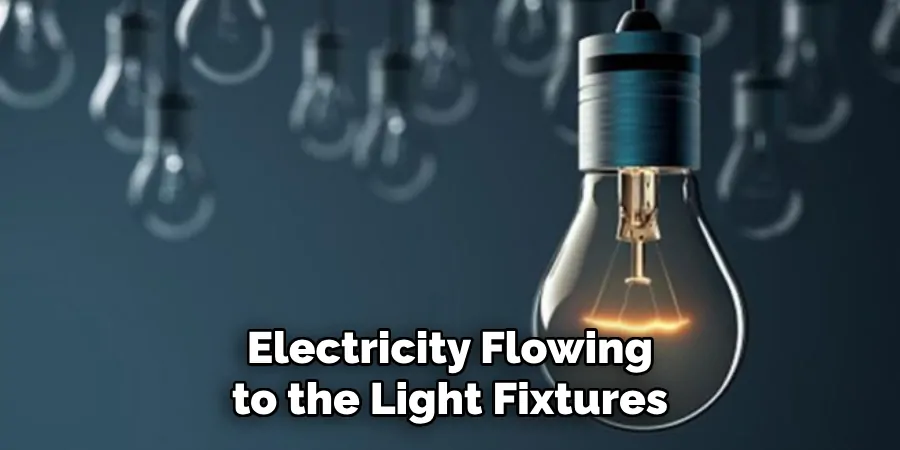
Lowering the brightness of overhead lights can significantly soften the illumination, creating a more relaxed and inviting atmosphere. Choose dimmer switches compatible with your existing light fixtures and bulbs for seamless integration and functionality.
Dimmer switches are a great addition to any room in your home, from the living room to the bedroom. They can also be installed in areas such as hallways and staircases, providing added safety by allowing you to adjust the brightness for better visibility at night.
Use Warm Light Bulbs:
Opting for warm-colored light bulbs with lower color temperatures can help soften harsh overhead lighting. Warm light, typically categorized as having color temperatures below 3000 Kelvin, emits a soft, amber-toned glow that is more comfortable and flattering compared to cooler daylight or white light.
Choose LED, incandescent, or halogen bulbs with warm color temperatures to create a cozy and inviting ambiance in your space. Be mindful of the bulb’s wattage and lumen output to ensure sufficient brightness while still achieving the desired warmth. Additionally, consider using dimmer switches to have more control over the intensity of the light and create a relaxed atmosphere.

There are several benefits to using warm light bulbs in your home or workspace. Not only do they create a pleasant and inviting environment, but studies have also shown that warm lighting can have a positive impact on mood and productivity.
The soft glow of warm light can promote relaxation and reduce eye strain, making it an ideal choice for bedrooms and living rooms. In contrast, cooler light can make us feel more alert and focused, making it a better option for task lighting in areas such as offices or study spaces.
Layer Lighting:
Layering different sources of light can help mitigate the harshness of overhead lighting by distributing illumination more evenly throughout the space. Supplement overhead fixtures with floor lamps, table lamps, wall sconces, or task lighting to create a balanced lighting scheme.
By incorporating multiple light sources at varying heights and levels of intensity, you can reduce glare and shadows while adding depth and dimension to the room. Experiment with different combinations of lighting fixtures to achieve the desired ambiance and functionality. Additionally, consider using dimmers to adjust the brightness of each layer for even more control over the overall lighting effect.
Layering lighting also allows for flexibility in different activities and moods. For example, a bright overhead light may be ideal for completing tasks or cleaning, but too harsh for relaxation or entertaining.
By layering task lighting or accent lights, you can create a more inviting atmosphere for these activities. Similarly, incorporating dimmable light sources can allow you to easily transition from bright and functional lighting to soft and ambient lighting for a cozy evening in.
Use Lamp Shades or Covers:
Adding lamp shades or covers to overhead light fixtures can help soften harsh lighting and diffuse glare. Lamp shades are available in various shapes, sizes, and materials, allowing you to customize the appearance and light diffusion properties to suit your preferences. Choose opaque or semi-transparent lamp shades that complement the style of your space while effectively diffusing light.

Alternatively, fabric covers or decorative shades can be draped over existing fixtures to soften and filter the illumination, creating a more pleasing and comfortable environment. Additionally, lamp shades and covers can also help add color and texture to a room, making it feel more inviting and cozy.
They can be easily changed out seasonally or whenever you want to refresh the look of your space. Lamp shades also provide an opportunity to incorporate patterns or prints into your decor, adding visual interest and personality to your lighting.
Opt for Indirect Lighting:
Indirect lighting involves bouncing light off surfaces such as walls, ceilings, or floors to create softer and more diffused illumination. This method reduces glare and shadows by eliminating direct exposure to the light source.
Install wall-mounted or ceiling-mounted fixtures that emit light upward or outward, allowing it to reflect off surrounding surfaces and fill the room with gentle, ambient light. Cove lighting, wall washers, or recessed lighting with adjustable baffles are effective options for achieving indirect lighting and reducing harshness.
Indirect lighting is a popular choice for creating a cozy and inviting atmosphere in any space. By bouncing light off of various surfaces, it helps to evenly distribute light throughout the room without harsh shadows or glares. This not only creates a softer and more diffused illumination, but it also adds depth and dimension to the room.
Use Light Filters or Gels:
Light filters or gels can be applied to overhead light fixtures to modify the color temperature or intensity of the light, making it softer and more diffuse. Filters are available in various colors and densities, allowing you to customize the appearance of the lighting to suit your preferences.
Apply diffusion filters or gels to the inside of light fixtures or directly onto bulbs to soften harsh shadows, reduce glare, and create a warmer, more comfortable ambiance. Experiment with different filter combinations to achieve the desired lighting effect.
Install Pendant Shades or Globes:
Pendant shades or globes can be installed on overhead light fixtures to soften and diffuse harsh lighting. Pendant shades are available in a wide range of styles, materials, and opacities, allowing you to choose options that complement your space while effectively diffusing light.
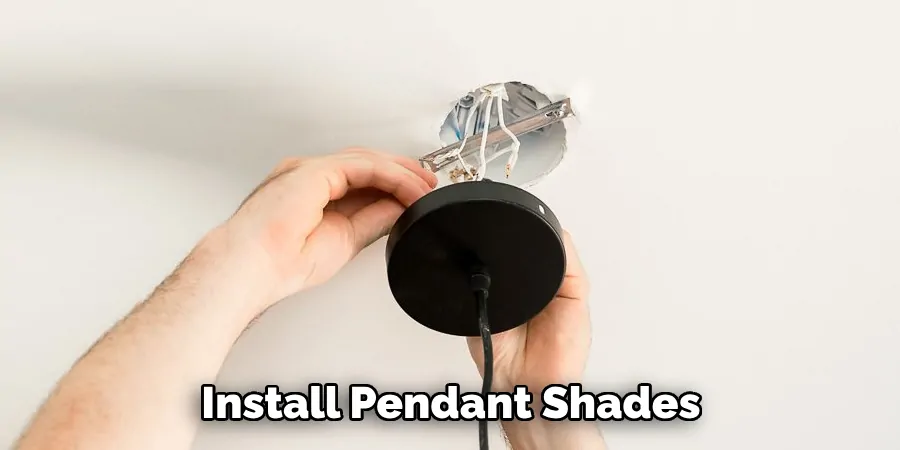
Install pendant shades or globes with frosted or textured glass, fabric, or acrylic material to scatter light and minimize glare. Position pendant shades at eye level or slightly below to ensure optimal light diffusion and a more comfortable viewing experience. Additionally, consider using dimmable bulbs or adding a dimmer switch to further customize the lighting in your space.
One important factor to keep in mind when installing pendant shades or globes is proper sizing. The size and shape of your shade or globe should match the size and style of your light fixture. A general rule of thumb is that the diameter of your shade/globe should be at least two inches smaller than the diameter of your light fixture. This ensures that the shade or globe is not too overwhelming for the fixture and allows enough room for air circulation to prevent overheating.
Utilize Natural Light:
Maximizing natural light can help reduce the reliance on overhead lighting and mitigate harshness. Arrange furniture and window treatments to allow ample natural light to enter the space while minimizing glare and reflections. Use sheer curtains or blinds to diffuse sunlight and soften shadows, creating a more comfortable and inviting atmosphere.
Consider installing skylights, clerestory windows, or light tubes to introduce additional natural light into interior spaces. By harnessing natural light effectively, you can minimize the need for harsh overhead lighting and create a brighter, more uplifting environment.
Conclusion
In conclusion, addressing harsh overhead lighting is crucial for creating a comfortable and inviting atmosphere in any space. By understanding the characteristics and negative impacts of harsh lighting, individuals can implement effective strategies to mitigate glare, reduce eye strain, and enhance overall visual comfort.
Whether through diffusing light sources, adjusting intensity, or opting for softer light sources, there are various approaches to making overhead lighting less harsh. It’s essential to consider factors such as room size, functional requirements, and aesthetic preferences before making changes.
By following a step-by-step process and incorporating practical tips for maintenance on how to make overhead lighting less harsh, anyone can achieve a more pleasant and enjoyable lighting experience. Ultimately, prioritizing visual comfort not only improves the ambiance of a space but also contributes to the well-being and productivity of its occupants.

